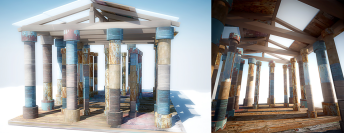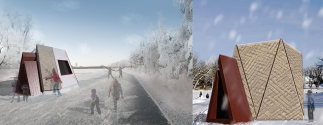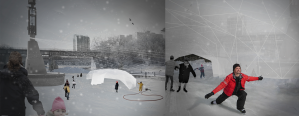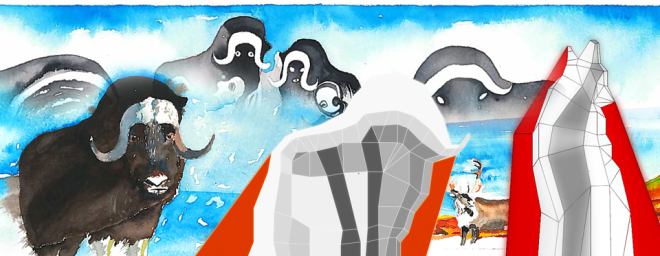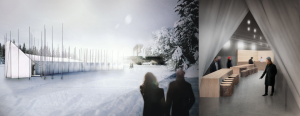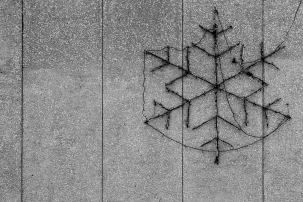What makes a city?

(a) Jobs (b) People (c) Bike paths (d) Location (e) All of the above
If you’re looking for a cheat sheet, you might start with some of the more popular annual city rankings, such as:
Thanks to these experts you can confidently conclude that Vienna is the best. Oh, wait. No, it’s Melbourne. Um, Tokyo?
WHY DON’T THE EXPERTS AGREE?
The difficulty in deciding what makes a liveable city is getting everyone to agree on what liveability means or what it should mean.
The Economist, for example, focuses on economic and business issues as the primary indicators of liveability. Forbes considers unemployment, crime, income growth, the cost of living, and artistic and cultural opportunities. Monocle Magazine, a relative newcomer to the annual lists game, thinks liveability should consider “places that are benchmarks for urban renaissance and rigorous reinvention in everything from environmental policy to transport” and focuses on social and economic circumstances for residents, public health, infrastructure, and ease and availability of local transport.
There isn’t one right answer but there are some qualities that consistently emerge when great cities are being discussed.
I’ve compiled them here, for you. Ready?
THE 3 THINGS EVERY GREAT CITY NEEDS
QUALITY NO. 1 ♥ GOOD LOOKS
A liveable city is a beautiful one. As the recent Citylab article “What Makes a City Beautiful?” points out:
(B)eauty is an essential quality to live-ability. Multiple studies have shown that the perception of living in a beautiful place is strongly correlated with happiness—more strongly than even things like safety and cleanliness. “Character,” or aesthetic distinctiveness has also proven itself key to economic vitality.
How do we measure beauty? This metric is notoriously difficult to quantify, but maybe less so now that philosopher and founder of London’s School of Life, Alain de Botton, laid out the following six qualities of attractive cities:
order
orientation and mystery
visible life
compactness
scale
and a sense of the local.
These qualities are achievable and they don’t rely on a waterfront, warm weather or art that everyone can agree on. Great news for Winnipeggers, and anyone else who lives in a place where “spring” is more aptly described as “brown”.
Watch DeBotton describe the qualities in more detail here.
QUALITY NO. 2 ♥ CONNECTION
Whether its bike paths, accessible transit or strong communities, a great city is a connected city.
“Connection” is sometimes called “smart growth“ – an urban planning concept rooted in sustainability that is anti-sprawl and advocates for “compact, transit-oriented, walkable, bicycle-friendly land use, including neighbourhoods schools, complete streets, and mixed-use development with a range of housing choices”.
Smart growth is more than a lifestyle argument, it has real benefits.
Smart growth is more than a lifestyle argument, it has real benefits. Smart cities are safer, healthier and wealthier because they:
improve urban density (reducing the cost of providing
services for the municipality and corresponding tax liability for its citizens)
and
provide opportunities to walk, bike, and use transit (resulting in
increased pedestrian traffic, improved health and reduced costs for individuals and households).
QUALITY NO. 3 ♥ GROWTH
In an interview on the Radiolab “Cities” podcast, Dr. Robert Levine sets out a tidy mathematical formula proving that once a city is growing, it’s also getting more liveable. It supports the widely held consensus that growth is a key element for a great city.
To grow, a city must:
retain and attract business investment
use that business investment to create jobs and increase tax revenue
then enjoy higher household income and rich array of public services
Sounds easy, right? Maybe not.
Studies have shown that attracting and retaining business investment is not just about providing favourable tax and regulatory conditions for business operations but also having well-educated and trained workforce, adequate transportation infrastructure, a range of amenities like restaurants and day care centres, and a low crime rate.
(W)hile growth is undeniably important – growth is not the only quality a great city needs.
So, while growth is undeniably important – growth is not the only quality a great city needs. Cities need to invest in other qualities of liveability – like beauty and connection – in order to attract the investment in the first place.
How does Winnipeg stack up?
Extensive suburban development, disagreements over bus rapid transit and outcry over biking infrastructure can sometimes make it seem like Winnipeg is less than, um, “smart”.
But there is good work being done, which is worthy of encouragement.
Now it’s your turn. How do you think we stack up on the top 3 liveability factors? Are we on the right track?


